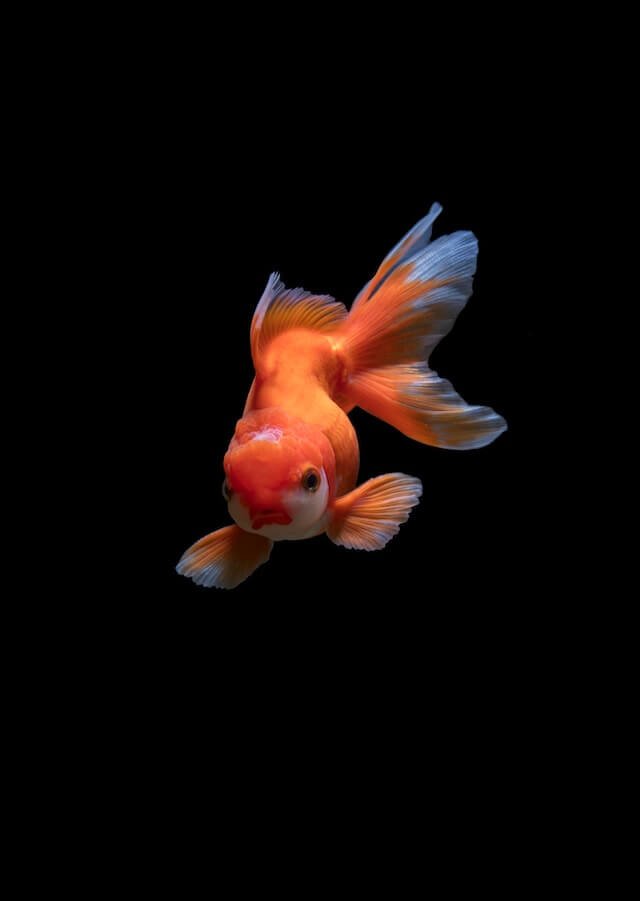Introduction to Fishkeeping
Fishkeeping is a fascinating and rewarding hobby that has been cherished by people for centuries. It allows us to observe and care for these mesmerizing aquatic creatures right in the comfort of our homes. Whether you’re a complete novice or someone looking to enhance their fishkeeping knowledge, this comprehensive guide will provide you with all the essential information you need to embark on your fishkeeping journey successfully.
Why Choose Fishkeeping?
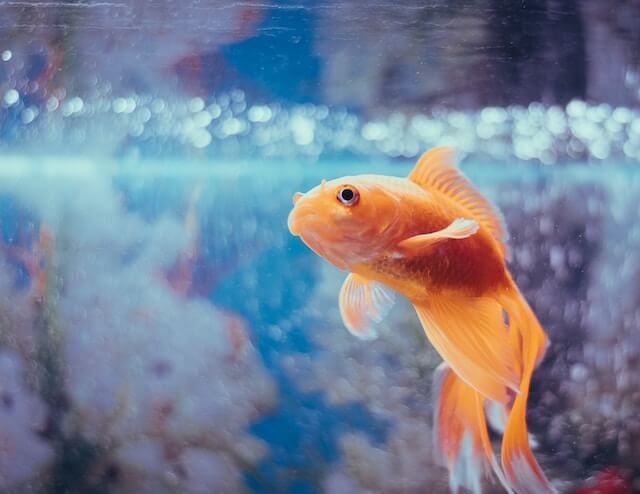
1. A Peaceful and Relaxing Hobby
Keeping fish as pets provides a sense of tranquility and relaxation. The gentle movements of the fish and the soothing sound of water can help reduce stress and anxiety, making it an ideal hobby for people living fast-paced lives.
2. Low Maintenance, High Reward
Compared to other pets, fish require relatively less maintenance, making them a great option for those with busy schedules. Once you’ve set up a suitable aquarium, routine maintenance is simple and can be an enjoyable experience.
3. Learning Opportunity
Fishkeeping is not just about admiring the beauty of fish; it’s also a valuable learning opportunity. Understanding the different species, their habitats, and the delicate balance of the aquarium ecosystem will broaden your knowledge about marine life.
Setting Up Your Aquarium
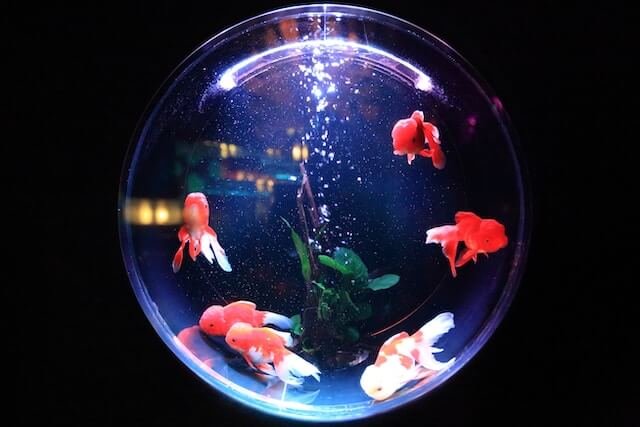
1. Choosing the Right Tank
The first step in fishkeeping is selecting the right aquarium. Consider the size of the tank, as it will directly impact the number and type of fish you can keep. Remember, the bigger the tank, the better it is for your fish, as it provides them with more swimming space and helps maintain a stable environment.
2. Essential Equipment
To create a healthy and thriving aquarium, you’ll need some essential equipment:
- Filtration System: A quality filter is crucial for maintaining water cleanliness by removing debris and harmful substances.
- Heater: Most fish species require a specific temperature range to thrive, so a reliable heater is essential to regulate the water temperature.
- Lighting: Proper lighting not only enhances the aesthetics but also supports the growth of live plants if you choose to have them in your aquarium.
- Substrate: Choose an appropriate substrate for the tank, which will not only add to the visual appeal but also create a suitable environment for the fish.
3. Cycling the Tank
Before introducing any fish, it’s crucial to cycle the aquarium. Cycling establishes beneficial bacteria that help break down fish waste into less harmful substances. This process usually takes a few weeks, but it’s a vital step to ensure the well-being of your future aquatic friends.
Selecting the Right Fish

1. Researching Fish Species
Different fish have different requirements in terms of water conditions, temperature, and tank size. Conduct thorough research to understand the needs of the fish you’re interested in. Consider their compatibility with other fish and whether they are suitable for beginners.
2. Common Beginner-Friendly Fish
For novice fishkeepers, some species are particularly well-suited:
- Guppies: Colorful and hardy, guppies are a popular choice for beginners.
- Betta Fish: Known for their stunning fins and vibrant colors, bettas are relatively easy to care for.
- Neon Tetras: These small, schooling fish add a vibrant touch to any aquarium and are quite easy to maintain.
3. Introducing Fish to the Aquarium
Once your tank is cycled and ready, it’s time to introduce your fish to their new home. Acclimate them slowly to the water conditions to reduce stress. Observe their behavior during the first few days to ensure they are adapting well to their new environment.
Feeding Your Fish

1. Choose the Right Fish Food
A balanced diet is essential for the health of your fish. Choose high-quality fish food that caters to the specific dietary requirements of the species you keep. Some fish are omnivores, while others are herbivores or carnivores, so it’s vital to offer a varied diet.
2. Feeding Frequency
Overfeeding is a common mistake among new fishkeepers. Feed your fish small amounts two to three times a day, and ensure they consume all the food within a few minutes. Regular feeding schedules will help maintain water quality and prevent health issues.
Maintaining Water Quality
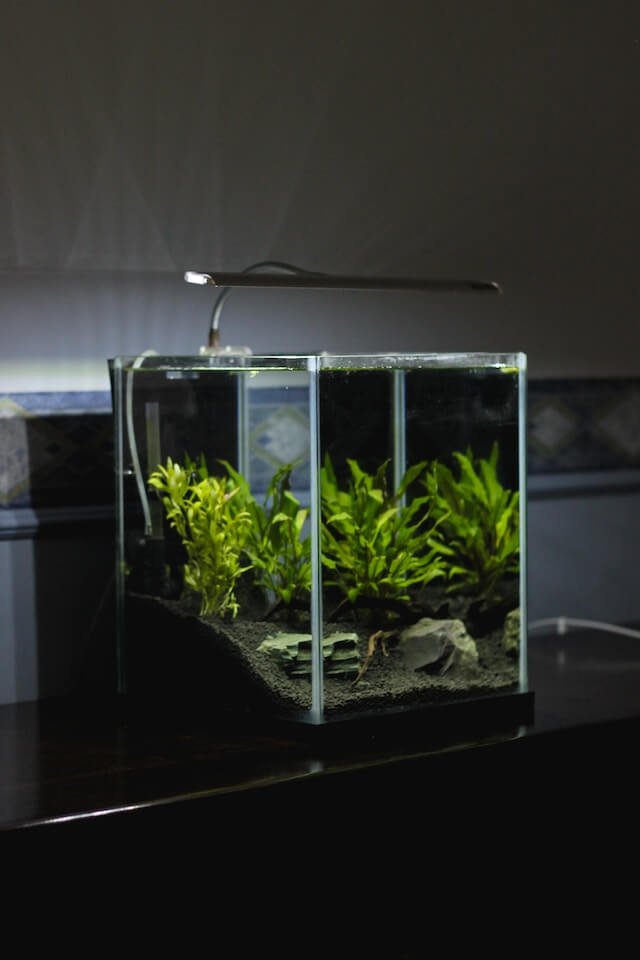
1. Regular Water Changes
Regular water changes are vital for maintaining water quality. Test the water parameters regularly and change a portion of the water (usually around 25%) every week to remove accumulated waste and toxins.
2. Cleaning the Aquarium
Clean the aquarium glass and decorations regularly to keep the environment aesthetically pleasing. Be cautious while using cleaning agents, as some chemicals can harm fish.
Common Fish Diseases and Prevention
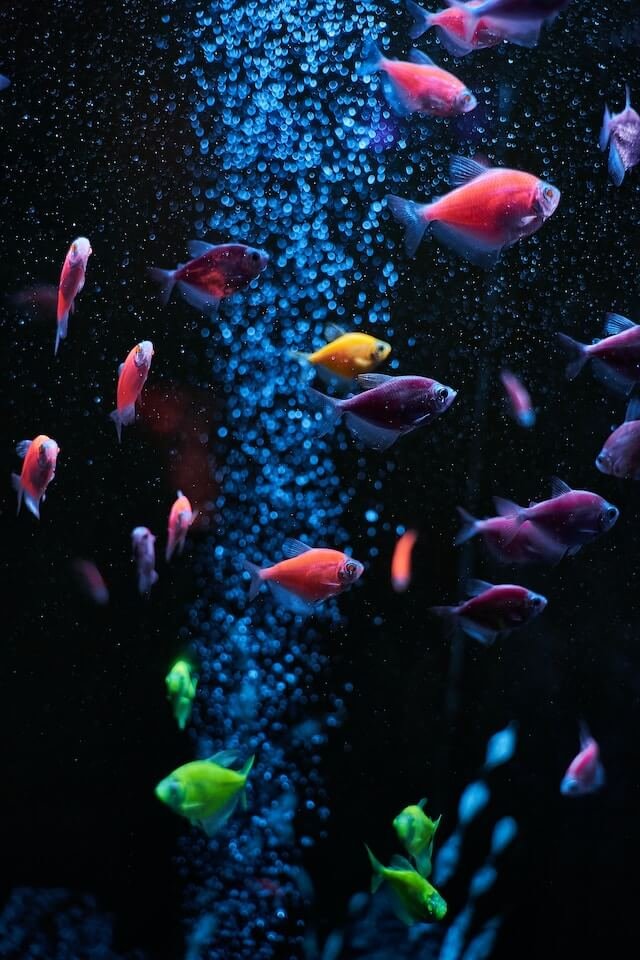
1. Identify Symptoms
As a responsible fishkeeper, it’s crucial to be aware of common fish diseases and their symptoms. Look out for signs of distress, abnormal behavior, or physical changes in your fish.
2. Quarantine New Fish
Before introducing new fish to your established tank, quarantine them in a separate tank for observation. This precaution can prevent potential disease outbreaks and protect your existing fish.
Conclusion
Fishkeeping is a fulfilling and educational hobby that offers countless benefits to enthusiasts. By following the guidelines provided in this beginner’s guide, you’ll be well-equipped to create a thriving aquatic ecosystem for your fish. Remember to do your research, stay patient, and always prioritize the well-being of your aquatic companions. So, dive into the world of fishkeeping with confidence and watch your underwater kingdom flourish.


